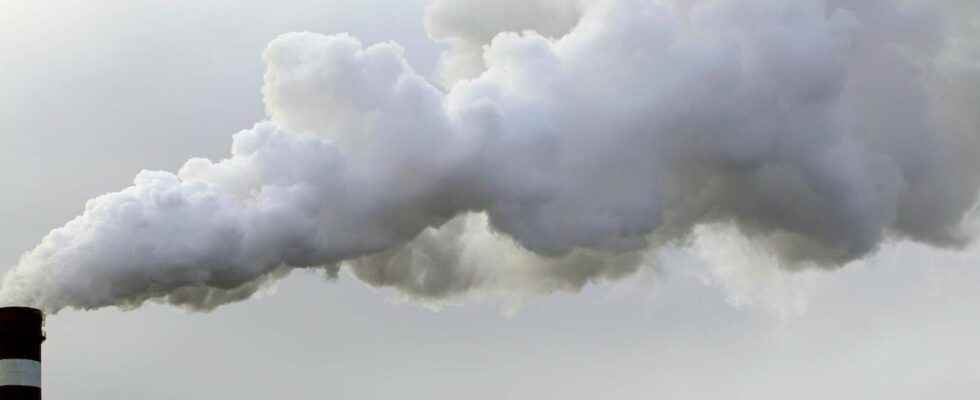The term radiative forcing is used in climatology to set the “difference between downward illuminance and upward illuminance”reads the glossary of the Intergovernmental Panel on Climate Change (IPCC). Understand, the difference between theenergy radiation received and the radiative energy emitted by the Earth/atmosphere system. Or again, between the solar radiation penetrating our atmosphere and the infrared radiation who comes out. In fact, radiative forcing is more precisely a question of power since it is measured in watt per square meter (W/m2).
Finally, the radiative forcing gives a measure of the impact of certain factors on the energy balance of the Earth/atmosphere system. And scientists speak of forcing to mean that this balance is destabilized. Factors that influence it can be natural or man-made. And intervene both at the level of the energy received and the energy sent back.
Part natural, part anthropogenic
The natural factors are essentially found on the side of the quantity of energy received by the Earth/atmosphere system. Thus, the variations of the solar cycle or those of theorbit of our Earth and its axis of rotation modify the amount of radiation received. The volcanic eruptions, on the other hand, influence the amount of radiation returned. By increasing the amount ofaerosols suspended in the atmosphere.
Human activities also play a role in matter of radiative forcing. Deforestation, for example, changes the ability of soils to absorb and reflect radiation. But these are above all today our emissions of greenhouse gas which influence the radiative balance of the Earth/atmosphere system.
Positive radiative forcing, negative radiative forcing
Thus, when the atmosphere receives more energy from the Sun and/or re-transmits less, the system heats up. Researchers speak of positive radiative forcing. This is the situation we have been experiencing for several decades now with the greenhouse gas which retain in the atmosphere, the infrared radiation reflected by the ground.
Radiative forcing can also be negative. In this case, the temperature of the atmosphere decreases. When a lot ofaerosols reflect solar radiation back into space, for example. This happens during intense episodes of volcanic eruptions. But this is also what supporters of the solar geoengineering.
As often, the mechanisms of radiative forcing are complex. They involve many factors that have different effects. And which can, sometimes even, influence each other. The climatologists continue their efforts to better understand them and thus better model the global warming In progress.
You will also be interested
[EN VIDÉO] Interview with Jean Jouzel: Is global warming of human origin? The French paleoclimatologist Jean Jouzel sheds light on the part of responsibility of humans in the climate crisis.
Interested in what you just read?
